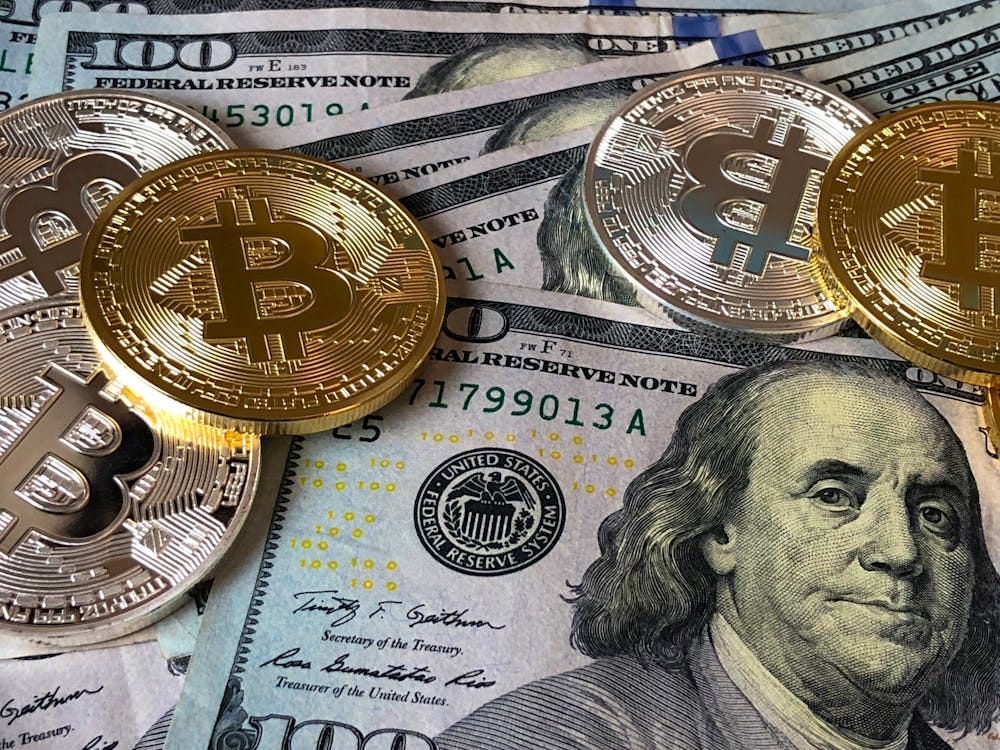Bitcoin vs. Money Printing
Why a Fixed Supply Matters
In a world where central banks and governments wield immense control over money supply, Bitcoin’s fixed 21 million coin cap stands out as a radical departure from traditional monetary systems. Critics argue that a currency must expand to maintain stability, claiming a fixed supply is impractical. Yet, this critique misses Bitcoin’s core strength: its unchangeable supply protects savers from the erosive effects of money printing, offering a hedge against inflation and unchecked government power. This article explores why Bitcoin’s fixed supply is its defining feature and how it challenges the flawed assumptions of conventional economics.
The Case Against Money Printing
Fiat currencies, like the U.S. dollar, have no fixed supply, allowing central banks to print money at will. Over the past century, the dollar has lost significant purchasing power, with data showing a 96% decline since 1913. This debasement acts like a melting ice cube, eroding savings and keeping people on an economic treadmill. For younger generations, like Gen Z and Gen Alpha, this makes wealth-building nearly impossible without taking outsized risks in volatile assets like stocks.
Worse, money printing transfers wealth from savers to governments and their allies. Capital gains taxes further punish those trying to preserve purchasing power, taxing gains that often merely reflect inflation. The printed money funds bloated bureaucracies, unnecessary wars, and questionable initiatives, concentrating economic power in the hands of the state and connected elites. This dynamic, rooted in Keynesian economics, justifies government intervention and money creation as a tool to “stabilize” economies, but often at the expense of individual prosperity.
Bitcoin’s Fixed Supply: A Game-Changer
Bitcoin’s 21 million coin cap, enforced by its protocol, is designed to be immutable. Unlike fiat, which can be printed endlessly, or gold, which grows at about 2% annually (doubling supply every 35 years), Bitcoin’s supply is strictly limited, with issuance slowing as its halving mechanism reduces new coins over time. As of August 2025, Bitcoin’s effective inflation rate is plummeting, approaching zero as the supply asymptotically nears its cap.
This fixed supply ensures Bitcoin’s purchasing power increases as demand grows. Its market cap, calculated as 21 million coins times the price per coin, expands not by creating more coins but through price appreciation. Over the past 16 years, Bitcoin’s value has risen steadily against both fiat and gold, reflecting its ability to capture market share from “leaky” economic vessels. For example, a logarithmic chart of Bitcoin versus the dollar shows consistent upward growth, with periodic fluctuations, while similar trends hold against gold.
Why a Fixed Supply Works
Critics argue that a currency must expand with economic growth to maintain stable value, pointing to the absence of fixed-supply currencies in developed economies’ history. However, this overlooks Bitcoin’s unique design. As its price rises, Bitcoin’s purchasing power grows, enabling it to service larger segments of the global economy without increasing supply. Divisibility down to satoshis (0.00000001 BTC) ensures it can handle transactions of any size, from micro-payments to global trade.
Unlike gold, which requires costly mining and storage, Bitcoin’s digital nature makes it a frictionless store of value. Its decentralized, transparent blockchain prevents manipulation, ensuring trust without reliance on central authorities. This contrasts with fiat systems, where money printing often funds inefficient or corrupt initiatives, from bureaucratic expansion to politically motivated “science” like certain climate change narratives.
The Economic and Social Implications
Money printing empowers governments and bankers at the expense of savers, creating what some call an “open-air prison camp” where economic freedom is curtailed. Bitcoin’s fixed supply counters this by preserving wealth and incentivizing saving over reckless spending. It challenges the Keynesian myth that endless money creation is necessary, offering a system where economic energy isn’t siphoned off by inflation or taxation.
However, Bitcoin’s rise isn’t without risks. Widespread adoption could disrupt traditional financial systems, potentially leading to backlash from governments or institutions reliant on fiat control. Yet, its resilience, rooted in decentralization and censorship resistance, makes it a formidable alternative to inflationary currencies.
Conclusion: Bitcoin as the Antidote to Fiat Flaws
Bitcoin’s fixed 21 million coin supply isn’t a flaw but its greatest strength. By resisting the dilution that plagues fiat and even gold, it empowers individuals to preserve wealth in a world where money printing erodes savings and fuels government overreach. Critics who dismiss a fixed supply as impractical ignore Bitcoin’s 16-year track record of growth and its ability to scale through price appreciation. For investors, Bitcoin offers a hedge against inflation and a chance to break free from the fiat treadmill. As the global economy grapples with the consequences of unchecked money printing, Bitcoin stands as a beacon of monetary sovereignty.



Thank you for such a clear explanation.